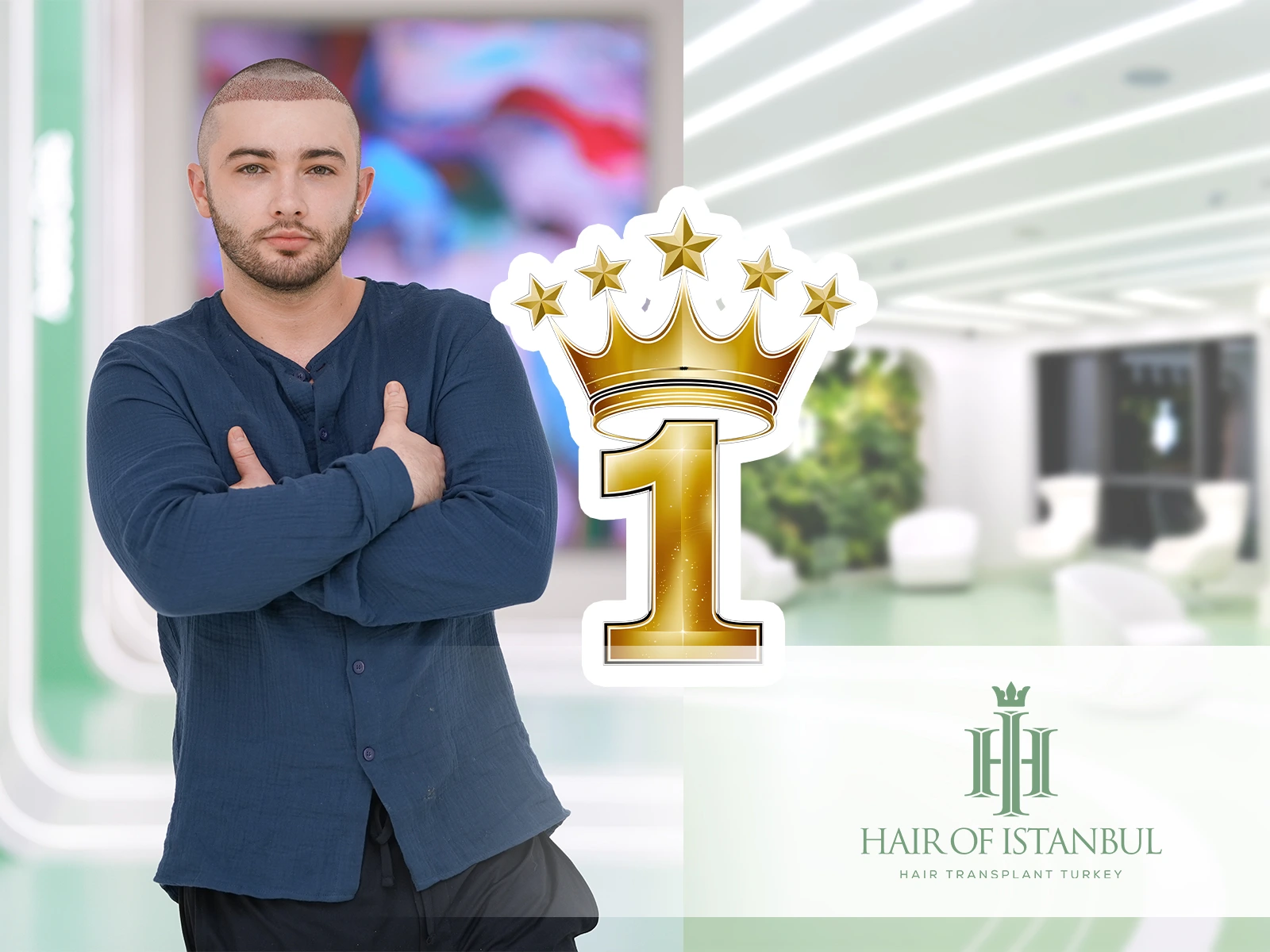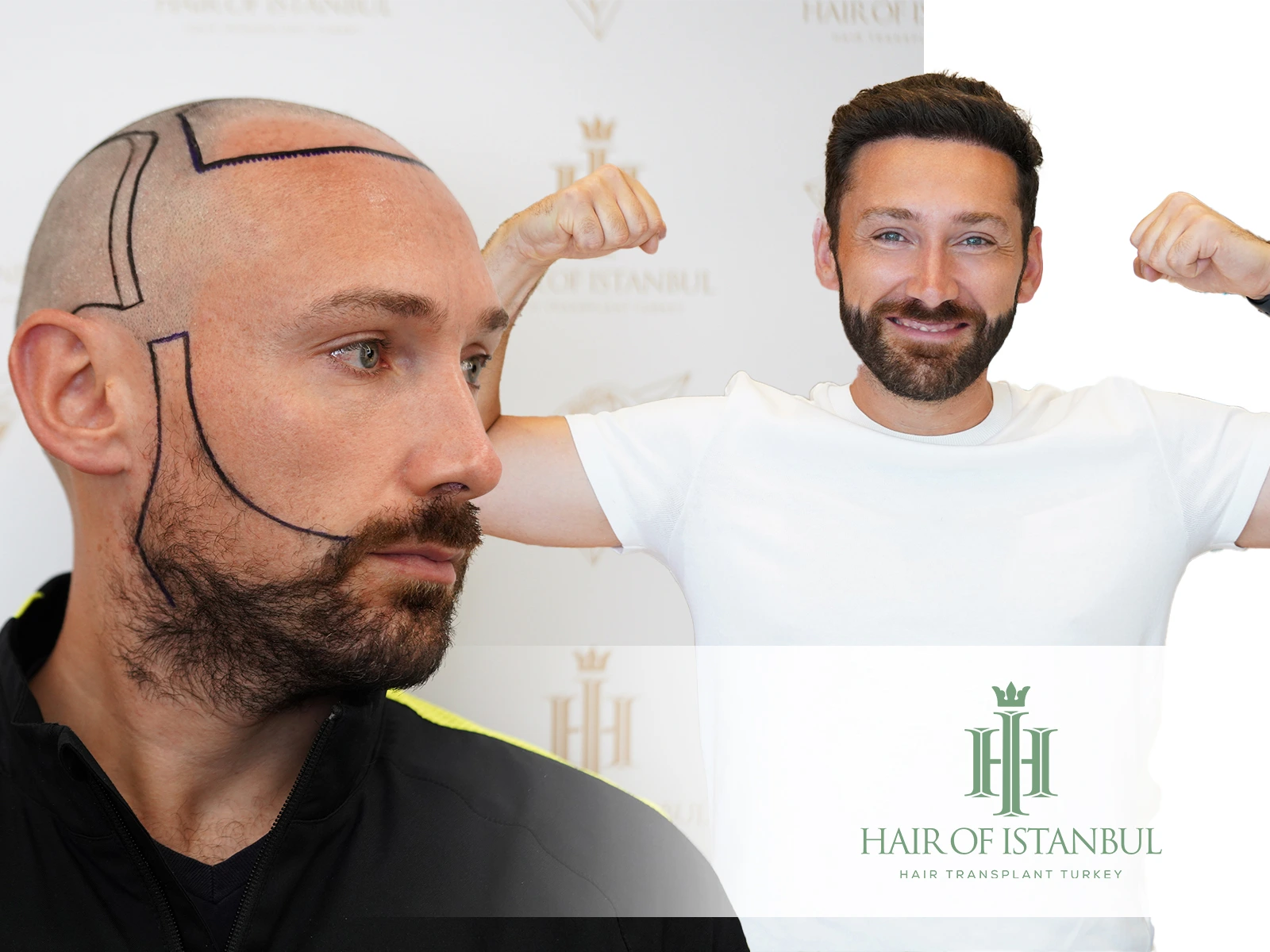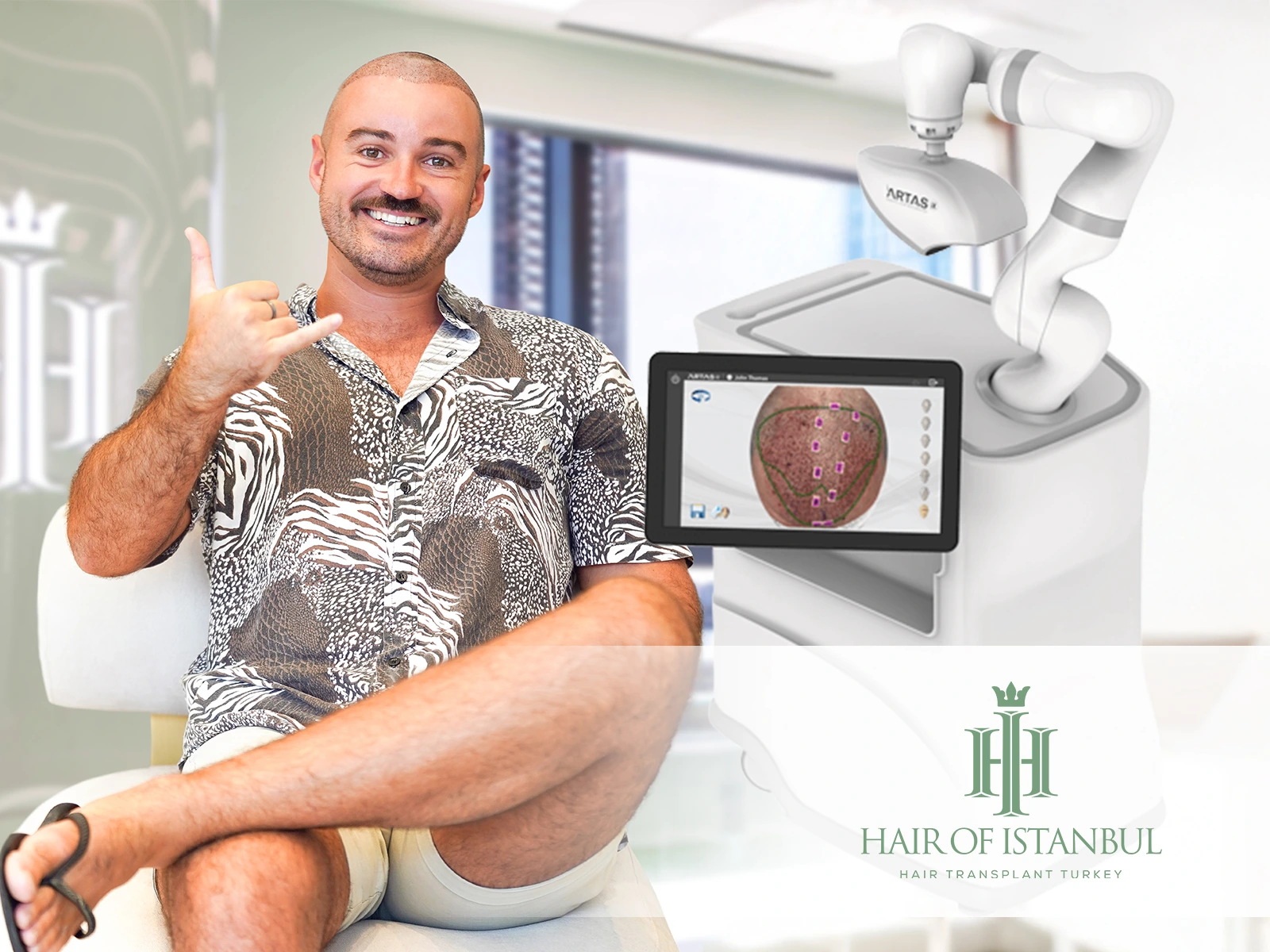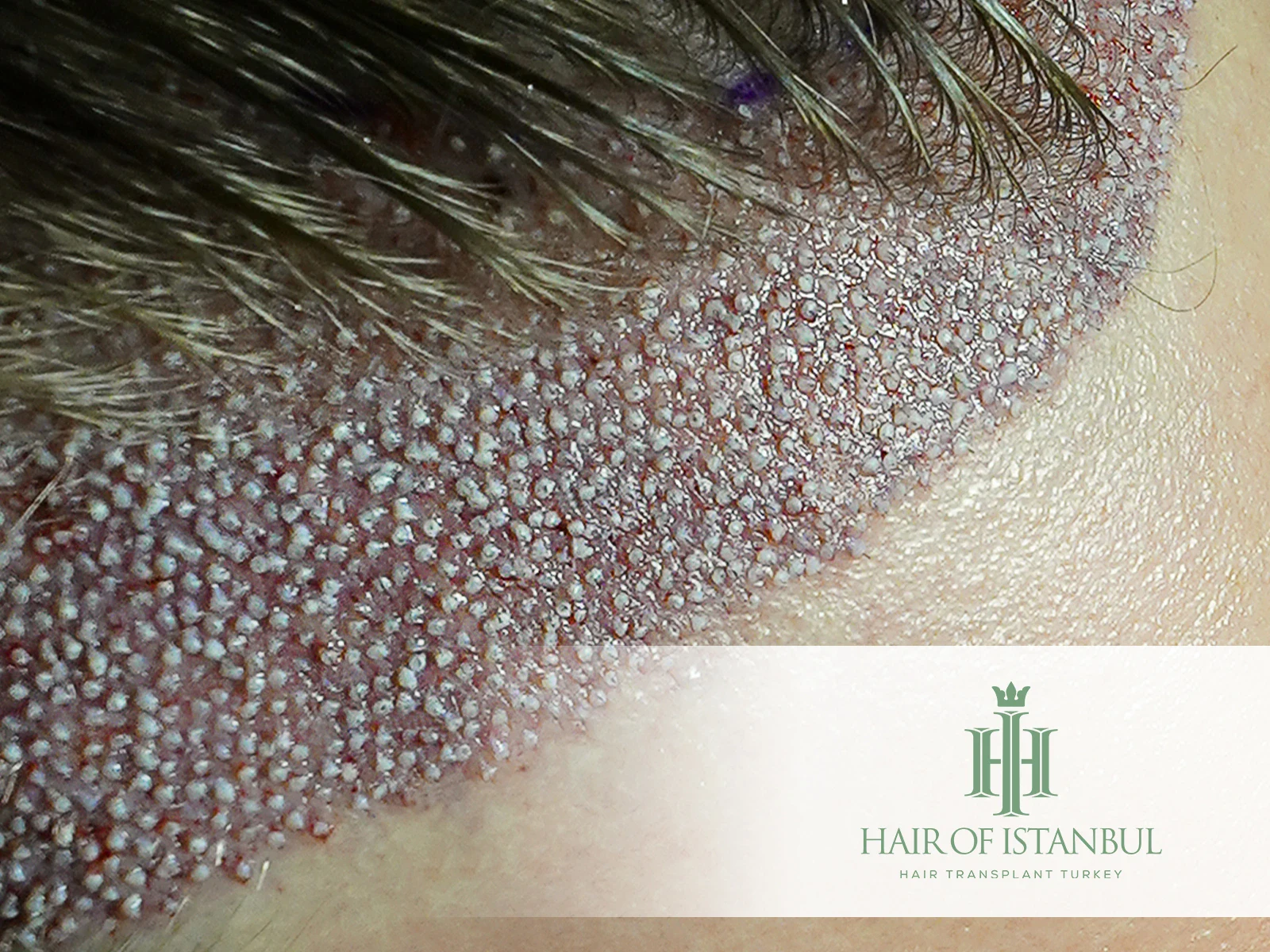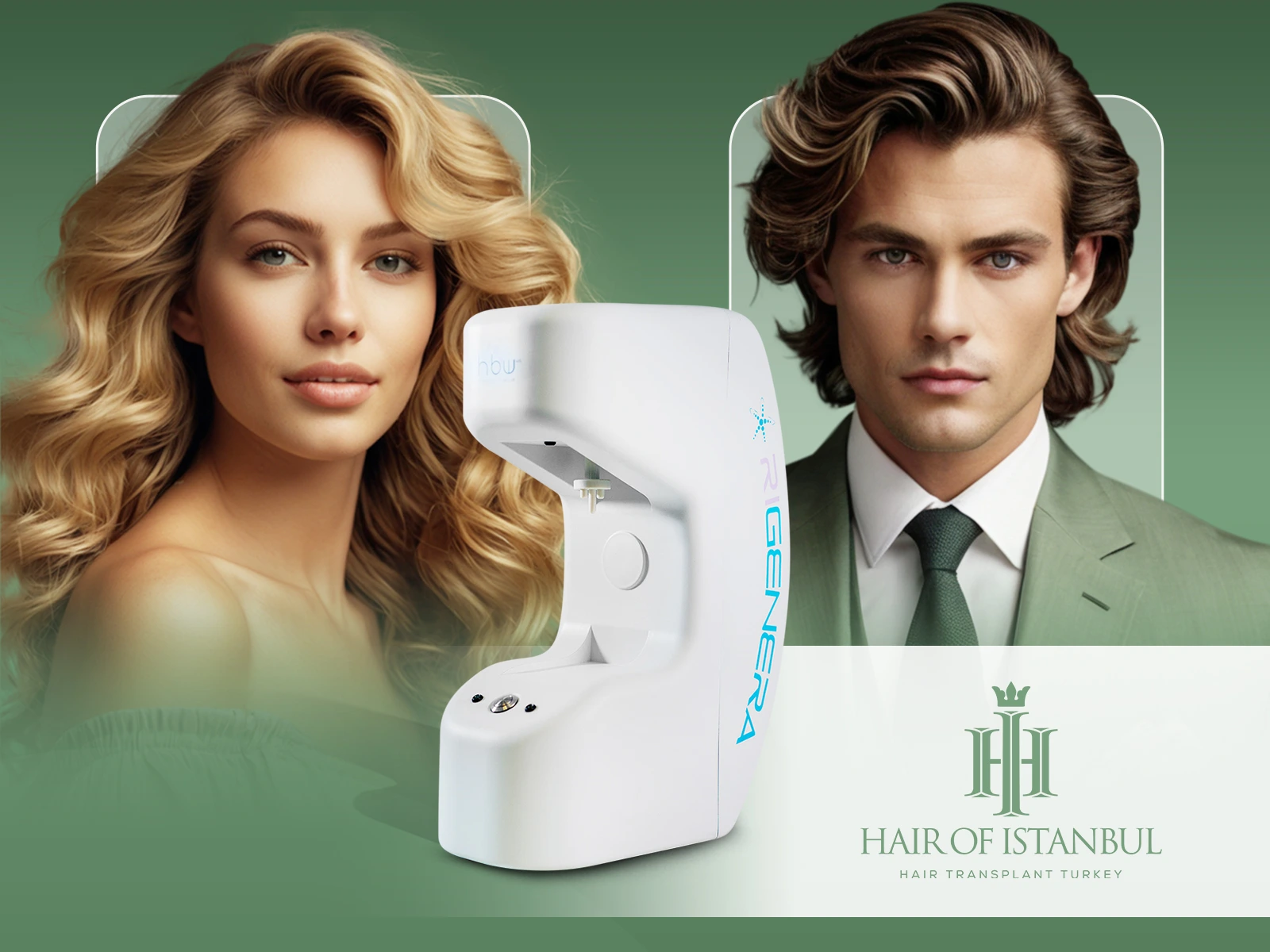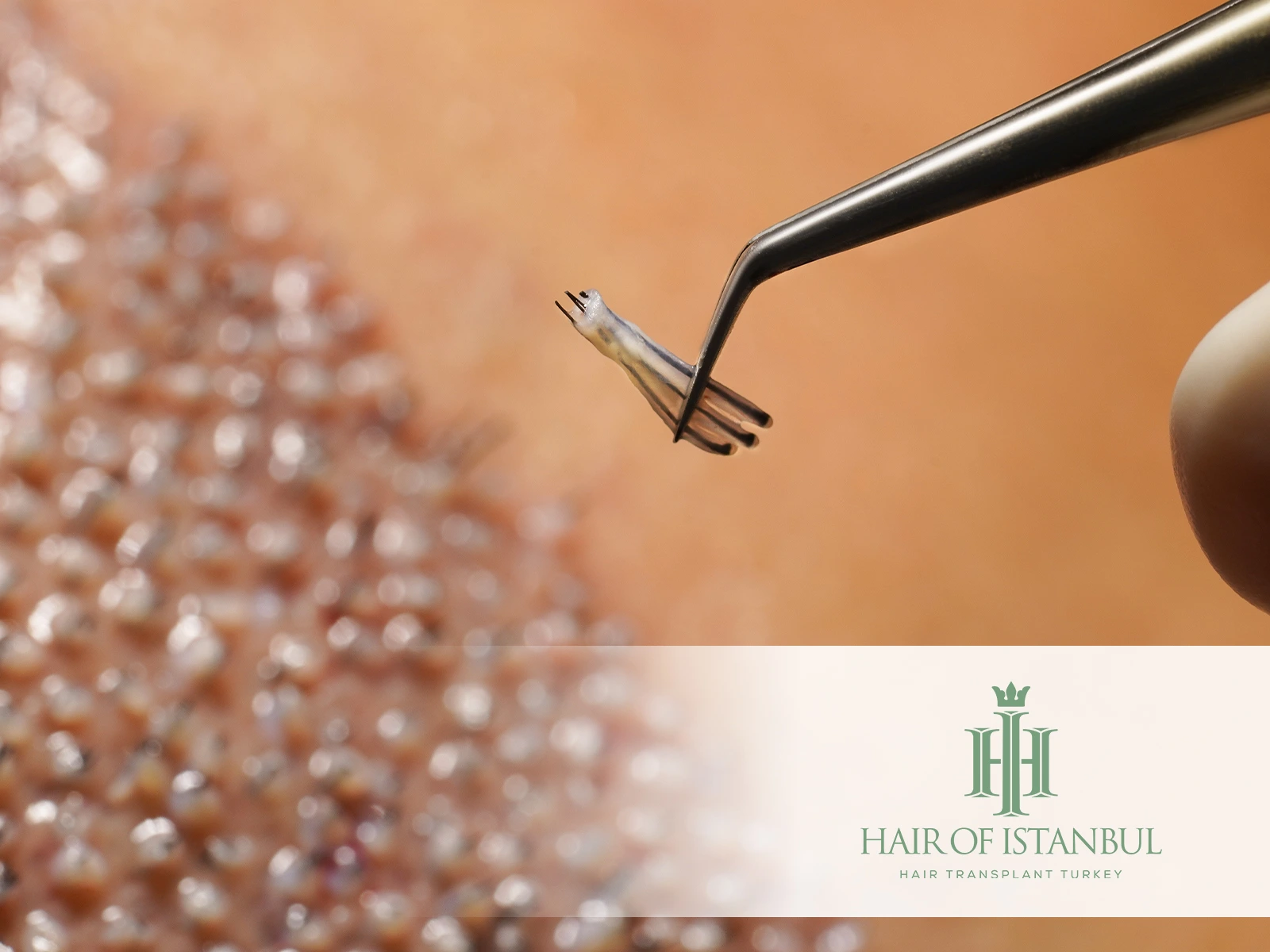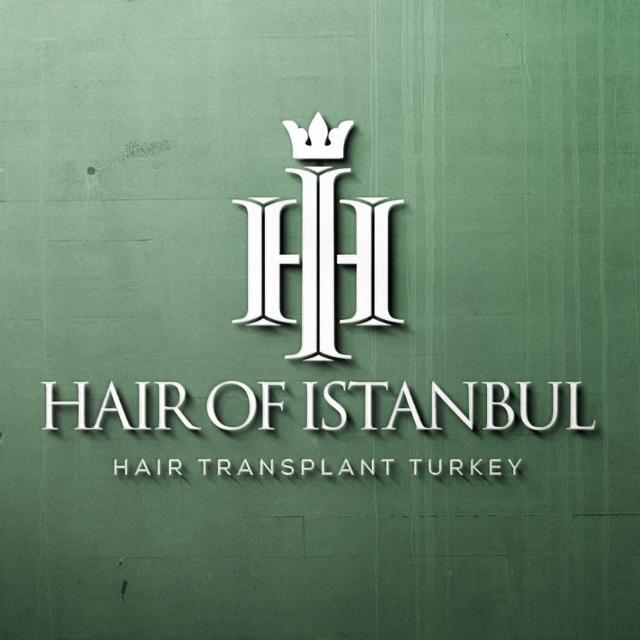Is PRP Hair Treatment a Permanent Solution for Hair Loss?
Hair loss is a challenge that touches countless lives. The journey to find an effective solution seems endless at times. Amidst the sea of remedies, PRP hair treatment emerges as a beacon of hope. But does it hold the key to everlasting hair growth?
Understanding a treatment’s long-term impact can shape our choices. Let’s embark on this exploration of PRP and its potential in battling hair thinning.
What Is PRP?
PRP stands for Platelet-Rich Plasma, a component of blood that plays a crucial role in healing. Obtained from the patient’s own blood, PRP contains concentrated growth factors that can promote tissue repair and regeneration. [1]
In the medical field, doctors harness PRP’s power for various treatments, ranging from hair restoration to joint healing. By leveraging the body’s natural healing properties, PRP offers a promising approach to a variety of health concerns.
Does PRP Stop Hair Thinning?
After a hair transplant, PRP therapy can play a pivotal role in enhancing both the longevity and quality of transplanted hair. Not just for post-transplant care, PRP also strengthens hair that has started to thin or weaken.
For those grappling with hair loss, employing PRP as a treatment can significantly reduce or even halt the shedding process. If you’re noticing hair changes, considering PRP might be a smart move to maintain robust hair health.[2]
What Type Of Hair Loss Is PRP Good For?
PRP injections make it a comprehensive approach to hair restoration, not only limited to male pattern baldness, but also benefiting from the body’s natural healing abilities, helping women with female pattern hair loss and people who notice reduced hair fiber thickness. [3]
How Long Lasting Is PRP?
While PRP injections offer promising results in various treatments, it’s essential to note that they are not a permanent solution. The longevity of PRP’s effects can vary depending on an individual’s skin characteristics. Typically, the benefits of the treatment can be observed for a duration ranging between 3 to 6 months. [4]
This means that for sustained results, periodic sessions might be necessary, making it crucial for individuals to set realistic expectations and plan accordingly.
Also Read: Jordan Peterson’s Hair Transplant: Unveiling The Hidden Story!
Does PRP Thicken Hair?
PRP hair treatment not only promotes natural hair growth, but also contributes to the thickening of the hair shaft. As a result, individuals can witness a fuller, denser mane, making PRP highly praised for those looking for voluminous hair. [5]
How Long Does It Take For PRP To Thicken Hair?
After a PRP session, many individuals begin to observe a thickening in their hair as early as one week. However, for the treatment to manifest its full potential and deliver optimal results, it typically takes about a month. [6]
This timeframe allows the activated growth factors in PRP to work their magic on the follicles, promoting enhanced hair health and thickness.
Is One Session Of PRP Enough For Hair Growth?
While PRP treatment is potent, a single session might not be sufficient to achieve the desired hair growth. Many individuals start witnessing the initial positive changes only after the third or fourth session. [7]
Therefore, relying solely on one session may not provide the comprehensive results that many seek. It’s essential to consult with a specialist and plan a tailored treatment schedule for optimal outcomes.
What Is The Ideal Gap Between PRP Sessions?
Typically, PRP sessions can be safely conducted at 2-week intervals. This spacing ensures that the scalp has adequate time to respond to the treatment, allowing the natural healing factors in PRP to work effectively. [8]
Also Read: Lebron James Hair Transplant: A Closer Look!
How Long Does PRP Hair Treatment Last?
The efficacy of PRP hair treatments has left many curious about its lasting power. Typically, the results of PRP are seen to persist for a duration ranging from 12 to 24 months. [9]
However, it’s worth noting that the longevity of the treatment can vary based on your body’s natural healing capacity and the initial response to the therapy. This variability underscores the importance of understanding individual factors when considering PRP, ensuring realistic expectations and tailored treatment plans for optimal outcomes.
PRP Hair Treatment Success Rate
PRP hair treatment is making waves in the medical community due to its impressive outcomes. On average, patients experience a success rate ranging between 70% to 90%. Interestingly, younger patients showing early signs of genetic hair thinning or loss tend to witness better results. [10]
This indicates that PRP might be especially effective when addressing hair issues at an early stage. So, if you’re just starting to notice hair changes, considering PRP could be a proactive approach.
FAQ
What Should I Avoid After PRP Hair Treatment?
After PRP, avoid vigorous exercise, direct sun exposure, and washing the treated area for at least 48 hours.
How Can I Speed Up My PRP Recovery?
Enhance PRP recovery by keeping the scalp clean, avoiding smoking or alcohol, and following any post-care instructions provided by your specialist.
How Long Do You See Results With PRP?
Typically, visible results from PRP can be observed after 3 to 6 months, though this varies based on individual responses.
Can You Lose More Hair With PRP?
Some patients experience a temporary shed post-PRP, but this is often a sign of new hair growth cycles beginning.
How Long Does Post PRP Shedding Last?
Post-PRP shedding usually lasts for about 2-3 weeks before new growth begins.
Is Minoxidil Better Than PRP?
Both treatments have their benefits. However, PRP, being a natural method and directly targeting hair follicles, is often considered more effective by many experts. The best choice usually depends on individual needs and desired outcomes.
What Happens When You Stop PRP Treatment?
Upon stopping PRP treatments, hair loss may gradually resume at its previous rate. Periodic maintenance treatments are often recommended to sustain results.
Also Read: George Clooney’s Hair Transplant: Analyzıng The Shıft In Haırlıne!
Is PRP Worth It For Hair Loss?
Often, individuals grappling with hair troubles seek potent solutions. PRP treatment stands out as one such approach. Known for delivering impressive results, this application is widely adopted to strengthen hair and curb hair fall issues. [11]
Success stories are numerous, and many users commend its effectiveness. It’s a testament to the procedure’s rising popularity and the trust it has garnered among those battling hair loss.
CONCLUSION
In conclusion, as hair restoration methodologies continue to evolve, PRP remains a key player in the arsenal against hair loss. It’s proven efficacy makes it a worthwhile consideration for many individuals hoping to restore and protect their hair health.
A unique approach at Hair Of Istanbul ensures that patients receive the utmost care. While performing hair transplants, PRP treatment is also applied simultaneously. This is particularly feasible since the first three fingers’ width of the head mainly consists of hair, allowing the non-transplanted areas to benefit from the PRP application.
By integrating these treatments, we aim to provide optimal outcomes for our patients. Should you be contemplating a hair transplant, Hair Of Istanbul stands ready to offer unparalleled expertise and comprehensive care. We invite you to experience the transformative journey with us.
References:
- [1] Hopkins Medicine, Jun 9, 2023 – Platelet-Rich Plasma (PRP) Injections – https://www.hopkinsmedicine.org/health/treatment-tests-and-therapies/plateletrich-plasma-prp-treatment
- [2] Anon Paichitrojjana & Anand Paichitrojjana, Mar 10, 2022 – Platelet Rich Plasma and Its Use in Hair Regrowth: A Review – https://www.ncbi.nlm.nih.gov/pmc/articles/PMC8922312/
- [3] Dr. Heripsime Ohanian, Unknown Date – What Types of Hair Loss Does PRP Treat? – https://www.bergen-aesthetics.com/blog/what-types-of-hair-loss-does-prp-treat
- [4] Emil Shakov, Jul 20, 2021 – How Long Do PRP Therapy Injections Usually Last? – https://www.njfue.com/blog/how-long-do-prp-therapy-injections-usually-last
- [5] Health Gains, Apr 8, 2020 – Does PRP Thicken Hair? – https://healthgains.com/wellness/hair-restoration-prp/does-prp-thicken-hair
- [6] Assoc. Prof. Tarık Çavuşoğlu, Apr 30, 2023 – Platelet Rich Plasma (PRP) For Hair Loss – https://www.tarikcavusoglu.com/en/platelet-rich-plasma-prp-for-hair-loss
- [7] Paul, Jan 30, 2019 – Why PRP treatment needed only once – or twice? – https://drrobinunger.com/why-prp-treatment-needed-only-once-or-twice/
- [8] Scott Frothingham, Jan 18, 2023 – PRP for Hair Loss – https://www.healthline.com/health/prp-for-hair-loss
- [9] Rana, Nov 25, 2022 – How long does PRP last for hair? – https://enrichedmedspa.com/how-long-does-prp-last-for-hair/
- [10] Alisan, Jul 19, 2021 – What Is The Success Rate Of PRP Injections? – https://www.prpinseattle.com/2021/07/19/what-is-the-success-rate-of-prp-injections/
- [11] Rachel King, Feb 19, 2022 – What you should know about PRP treatments for hair loss – https://fortune.com/2022/02/19/prp-injection-anxiety-stress-hair-loss-depression-treatments/

